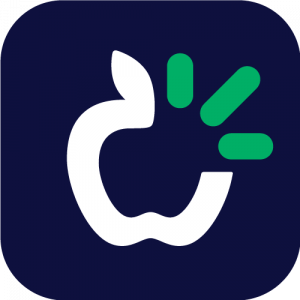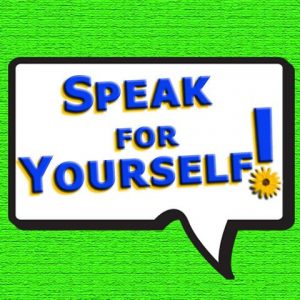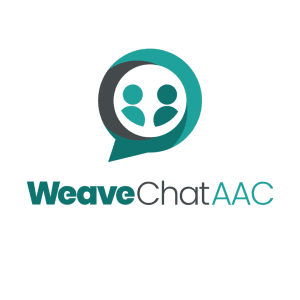Why memory matters
A recent post by Smart Speech Therapy highlighted a number of issues about the importance of working memory and the ramifications of difficulty in this area. I have written on auditory memory...
School Readiness; What does it mean?
I frequently get calls from parents requesting intervention for children with no obvious difficulties but rather they want their children to be “more prepared” when they enter their formal...
Listening Power Preschool
Good listening skills are one of the most important foundations for learning. Many children experience difficulties in the classroom because they do not know how to listen! Listening...
Is my child stuttering?
It is often frightening for parents when they hear their child stumbling over their words and they often think that their child is stuttering. Many people become non-fluent when they are tired,...
Auditory Reasoning: App Review
The ability to cope in academic contexts depends on the ability to think, understand, reason, and make sense out of what one hears. Auditory Reasoning is an app that has been developed to allow...
You are a Social Detective: Teaching Social Skills
There is increasing information in the literature on the value of using video modeling to teach social skills to children with Autism Spectrum Disorder. You are a Social Detective App from Social...
`Proloquo2Go
TouchChat with WordPower
Snap+Core First
Grid for iPad
SpeakforYourself[
WeaveChat
AAC is short for Augmentative and Alternative Communication
Source: AssistiveWare
Communication devices, systems, strategies and tools that replace or support spoken language are known as augmentative and alternative communication (AAC). These tools support a person who has difficulties communicating using speech.
The first “A” in AAC stands for Augmentative Communication. When you augment something, you add to it or supplement. Augmentative communication is when you add something to your speech (eg. sign language, pictures, a letter board). This can make your message clearer to your listener.
The second “A” in AAC stands for Alternative Communication. This is when you are not able to speak. It is also when your speech is not understood by others. In this case, you need a different way to communicate.
Basically, AAC can be tools, systems, devices or strategies. These tools help a person communicate, when they cannot rely on speech. Perhaps your child has not started talking. Perhaps you have lost your ability to speak. Perhaps your speech comes and goes. Maybe speaking is harder than other ways to communicate. AAC can help.












